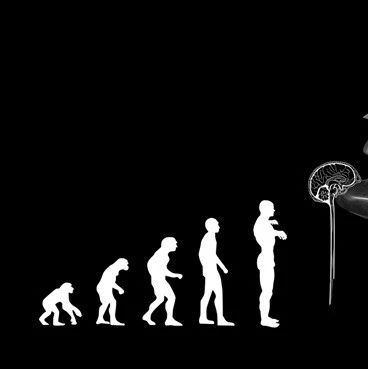导读:经过5年多潜心研究,复旦大学上海医学院解剖与组织胚胎学系青年教师马丽香在长江学者、复旦大学特聘教授张素春指导下,发现来源于人胚胎干细胞的GABA能神经细胞可以修复运动障碍,对治疗人类亨廷顿病有重要意义。该成果3月16日在线发表于国际顶尖学术期刊《细胞·干细胞》上。

亨廷顿病是先天性神经系统退行性疾病,也称作“舞蹈病”,它会导致病人的运动协调性和认知能力逐渐丧失,最终“慢性死亡”,目前医学界对此病束手无策。研究发现,亨廷顿病产生原因是由于GABA能神经细胞逐步退化后引起神经“环路”紊乱,进而导致病人出现一系列症状。
张素春课题组把研究重点放在如何使人胚胎干细胞“定向诱导分化”为GABA能神经细胞上,因为GABA能神经细胞对机体的多种功能有重要调节作用,如果脑内大量的GABA能神经细胞死亡,就会产生“舞蹈样”动作。马丽香找到了一种可以从人胚胎干细胞中获得大量GABA能神经细胞的有效方法,将获得的GABA能神经细胞移植到患有亨廷顿病的模型鼠脑内。该模型鼠的运动功能障碍有了明显减缓和改善,证明被移植的细胞不仅能与内源细胞整合,而且还能有效修复脑内损伤的“环路” 。
此前,脑神经研究领域的神经科学家都认为成人脑神经环路一旦被破坏很难修复,但张素春课题组的研究成果证明,移植的GABA能神经细胞不仅能够重新建立这条至关重要的环路,而且还能产生正确的神经递质,使“细胞移植”治疗亨廷顿病成为可能。

Human Embryonic Stem Cell-Derived GABA Neurons Correct Locomotion Deficits in Quinolinic Acid-Lesioned Mice
Lixiang Ma, Baoyang Hu, Yan Liu, Scott Christopher Vermilyea, Huisheng Liu, Lu Gao, Yan Sun, Xiaoqing Zhang, Su-Chun Zhang
Degeneration of medium spiny GABA neurons in the basal ganglia underlies motor dysfunction in Huntington's disease (HD), which presently lacks effective therapy. In this study, we have successfully directed human embryonic stem cells (hESCs) to enriched populations of DARPP32-expressing forebrain GABA neurons. Transplantation of these human forebrain GABA neurons and their progenitors, but not spinal GABA cells, into the striatum of quinolinic acid-lesioned mice results in generation of large populations of DARPP32+ GABA neurons, which project to the substantia nigra as well as receiving glutamatergic and dopaminergic inputs, corresponding to correction of motor deficits. This finding raises hopes for cell therapy for HD.
文献链接:https://www.cell.com/cell-stem-cell/abstract/S1934-5909(12)00071-9








